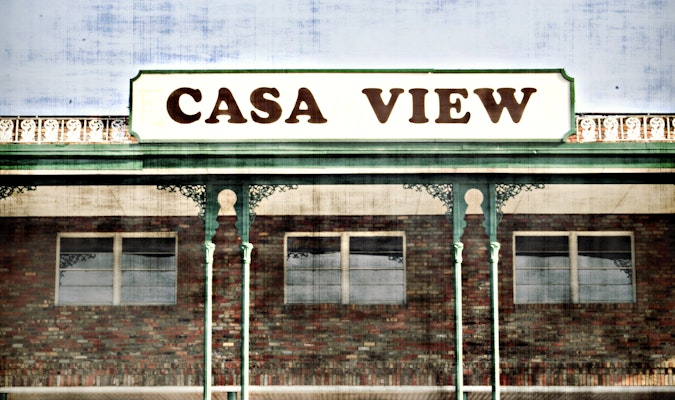Relating to forwardDallas! and Neighborhood Plus
Dallas is experiencing an unprecedented time of growth and economic vitality. Listed as the #1 Market to Watch in the United States by the Urban Land Institute, the country is starting to recognize the Dallas/Fort Worth area as a viable international hub. The metroplex has impressive employment growth and a robust housing market. We are attracting an average of 11,000 people a year to the City of Dallas and as a result, every neighborhood has the opportunity to take a look at itself, establish an identity and set a vision in place for its future growth.

-
5
Area initiatives
-
15
Joined neighborhood associations
-
35,171
Neighbors served
Understanding the broader plans for the City of Dallas, the Greater Casa View Alliance (GCVA) has created a plan that targets key neighborhood resources along and within the Ferguson Road corridor. From a series of consensus building events, GCVA has identified comprehensive concerns at a block-level scale and has selectively picked elements from sustainable development, new urbanism and smart growth planning approaches to set us on a course toward resolution and revitalization.
This GCVA Area Plan conforms closely to forwardDallas! and Neighborhood Plus objectives while outlining strategic opportunities to invest in further revitalizing our super-neighborhood—filling gaps in the Far-East Dallas planning ecology from a City perspective.
Connectivity at Its Core
At the heart of this plan is the central theme of connecting the Casa View to the rest of the city - to the urban core, to White Rock Lake, to the City of Garland.

Exploring Rails-with-Trails & Greenspace
The Rails-with-Trails plan suggests coordination with the City of Dallas Parks Department, Oncor and the Texas Railroad Commission to develop a feasibility study. The railway already exists and adequate greenspace is already available—making it an ideal location to pilot this transformation.
Streetscape Savvy
Better sidewalks create better walkability throughout the neighborhood and comply with ADA standards. As the area has a very mixed demographic, wheelchair accessibility is of the utmost importance. Additionally, enhanced sidewalks make a neighborhood more approachable, walkable and generally more beautiful.
Harry Stone Recreation Center
The site is a fairly open site with available open un-programmed space on the west side of the property. This open land not only offers a perfect space for developing indoor and/or outdoor amenities to expand the service area of the facility, but it also serves as an opportunity to create more of a presence on Ferguson Road. One of the main challenges of the center is that it is hidden. This plan proposes to pull the gem out and create a neighborhood hub for the community.
Gateway to the Future
Gateways are so incredibly vital to any neighborhood as they provide a unified vision and voice of that area’s brand. That established brand is then perpetuated throughout the neighborhood and adopted by associations within. It creates a spirit of unity and camaraderie that builds pride and a sense of ownership throughout the community. The Greater Casa View Area could greatly benefit from a branding effort that would instill a greater sense of pride and accomplishment in the neighborhood. This plan recommends a bold statement placed at strategic locations throughout the neighborhood.

World Changing Community Impact
This plan is a stepping stone for the transformation of the Greater Casa View Area. It is intended as a road map to cast a vision for the future of the neighborhood and to help the community clearly articulate its needs and desires.
We believe that the Greater Casa View Area has the opportunity to model for the rest of the City of Dallas what neighborhood involvement looks like and how to transform while maintaining the inherent qualities that make the community unique.
The plan is not a road map for gentrification and tear-downs, but rather a guide for how to improve the existing assets in a real and tangible way.
It encourages sustainability throughout and above all pleads for connectivity.
This neighborhood is rich with citizens who are obsessively in love with Dallas. They have the means to live elsewhere, but their desire for an urban environment dictates their dwelling decisions. As a result, they desire to be one with the city, and not forgotten about.
Connectivity is the key way to implement this, and this plan clearly creates those connections.




